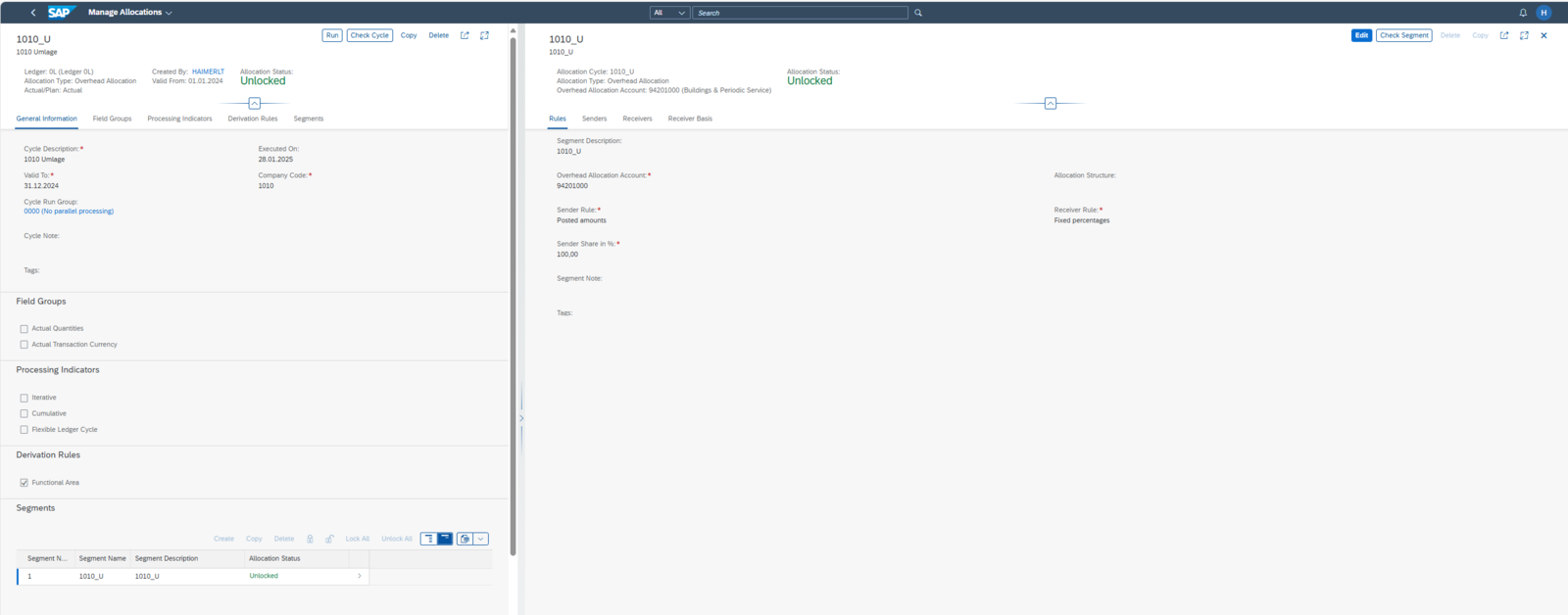Transparency and Control: The New Allocation Process with Universal Allocation in SAP S/4HANA
Imagine if your company could allocate all overheads with just a few clicks, speeding up allocation processes by 30%. This can be achieved with universal allocation in SAP S/4HANA. This new function offers a user-friendly interface and saves time and effort.
What is Universal Allocation in SAP S/4HANA?
Since S/4HANA 1909, Universal Allocation has been a new SAP functionality for the allocation of overhead costs. It was developed to reduce the complexity of traditional allocation processes and provides a unified platform for the distribution of both plan and actual data.
The user interface for managing and executing allocation processes consists of Fiori apps. For comprehensive control, three Fiori apps are required, which are not subject to additional licensing:
- Manage Allocations (App ID: F3338)
- Run Allocations (App ID: F3548)
- Allocation Results (App ID: F4363)
How Does Universal Allocation Work in SAP S/4HANA?
The allocation process is performed in the same way as in SAP ECC using cycles and segments. Therefore, necessary master data, such as allocation cost elements, must be defined in advance. Allocation cycles can be executed for all ledgers and currency types at the company code level for both actual and plan data. The allocation results are posted to the new database structures ACDOCA and ACDOCP.
When creating a cycle, an allocation context and an allocation type must be specified.
In the allocation context, the following CO objects can be used:
- Cost Center (allocation from cost center to cost center or WBS element)
- Profit Center (allocation from profit center to profit center)
- Margin Analysis (allocation from cost center to profitability object)
The following allocation types are available:
- Assessment
- Distribution
- Top-Down Distribution
The "Manage Allocations" app serves as the central entry point for creating all necessary cycles and related segments. In SAP ECC, different allocation cycles had to be executed separately using specific transactions, such as transaction KSC5 and KSU5.
![[Translate to Englisch:] [Translate to Englisch:]](/fileadmin/_processed_/1/d/csm_universal-allocation-bild_bcf3eb2d4b.jpg)

